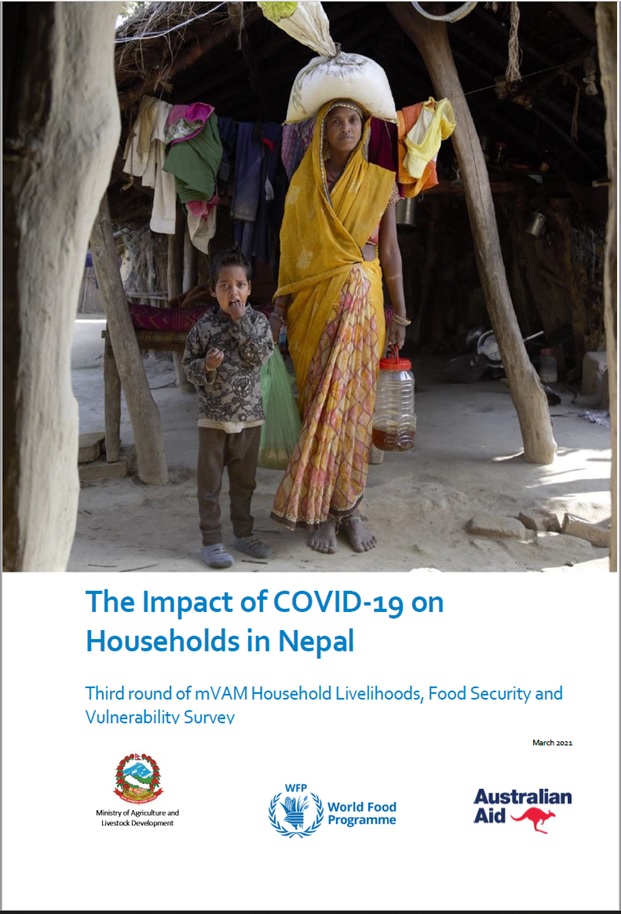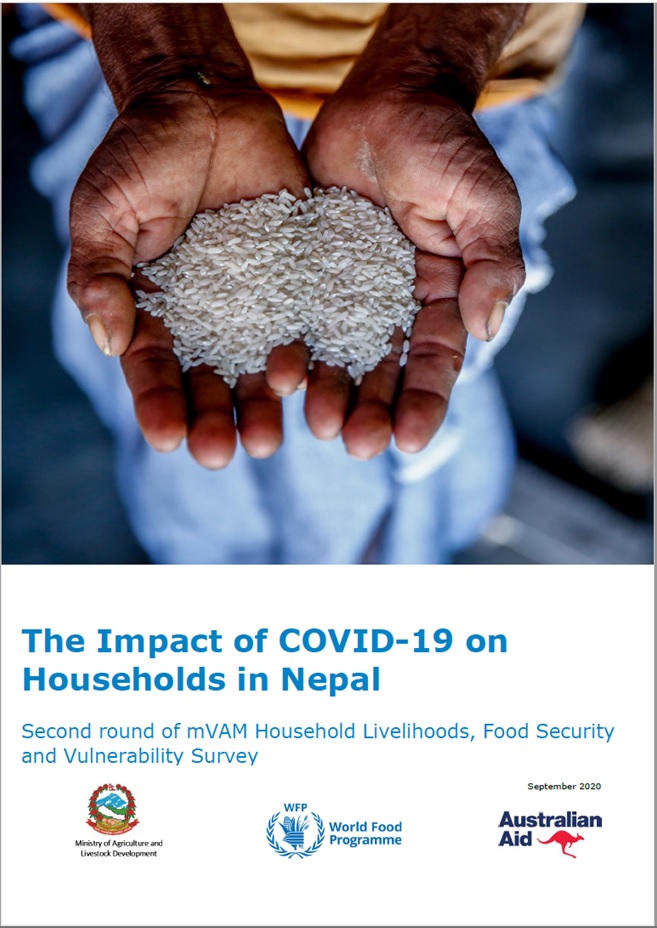Crop Situation Update No.10
A late start to the monsoon and erratic distribution of rain caused a reduction in the 2009/2010 summer crop production across the country. Paddy production was reduced to 4.02 million MT and maize was reduced to 1.86 million MT; this represents a reduction of 11 percent and 4 percent respectively compared to last year.
• It is anticipated that the country will face a substantial food deficit during FY 2009/2010 despite the positive outlook for the current winter crop. In August 2009, MoAC estimated the edible cereal deficit to be 400,000 MT for FY 2009/2010 compared to the total requirement of 5.4 million MT. This deficit represented the cereal requirement of seven percent of the population. The deficit figure will be revised after the winter harvest.
• The global food market situation is currently not favourable for Nepal. Natural disasters caused substantial regional summer crop losses in countries such as India and the Philippines, which resulted in an increase in the international price of important summer crops such as rice. Domestic food prices are currently stable at a higher-level but they are anticipated to increase further during 2010. In February 2010, the year-on-year food price inflation was 18.1% (Source: Nepal Rastra Bank).
• The districts most affected by poor summer crop production are in the Mid- and Far-West Hill and Mountain regions; in these districts the summer crop was reduced by up to 30-50%. This resulted in a situation of high to severe food insecurity amongst the vulnerable population. Households in these districts are typically subsistent farmers reliant on rain fed fields and are typically food deficit even in a normal year. In these areas there are also typically very limited alternative livelihood opportunities due to their
remoteness.
Download English Version Download Nepali Version
News & Events
- Brief on the Food Security Situation in Nepal (Mid-July to mid-November 2017)
- Launch of Food Security Information System for Nepal
- Second Advance Estimate of 2016/17 Wheat Production in Nepal using CRAFT
- Brief on the food security situation in Nepal (Mid November 2016 to Mid March 2017)
- Updated NeKSAP guidance on food security response analysis and district food security monitoring

